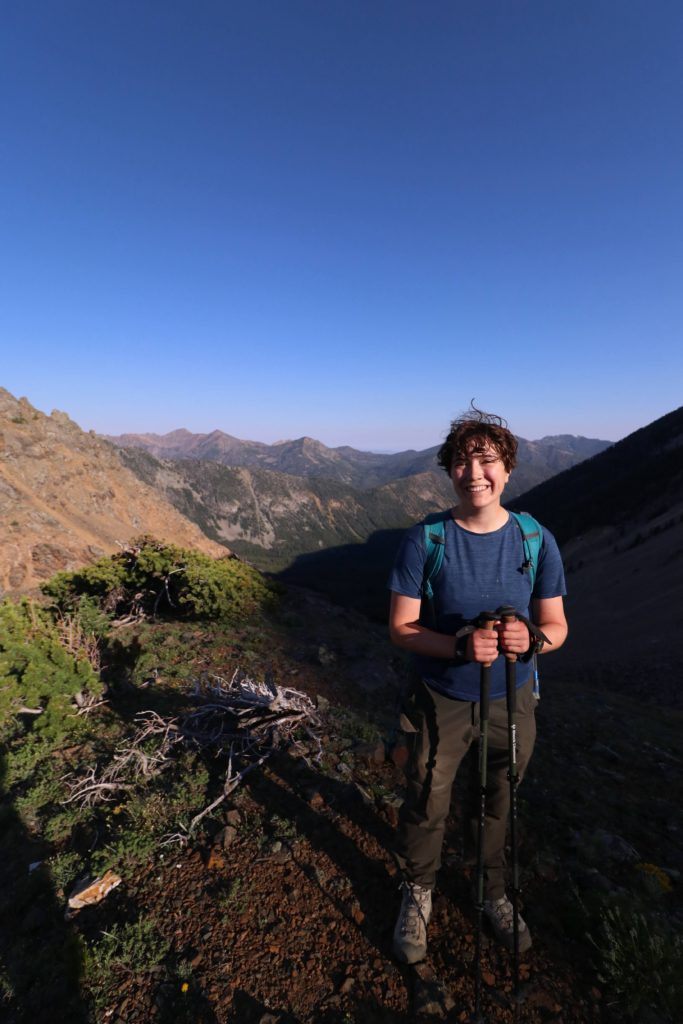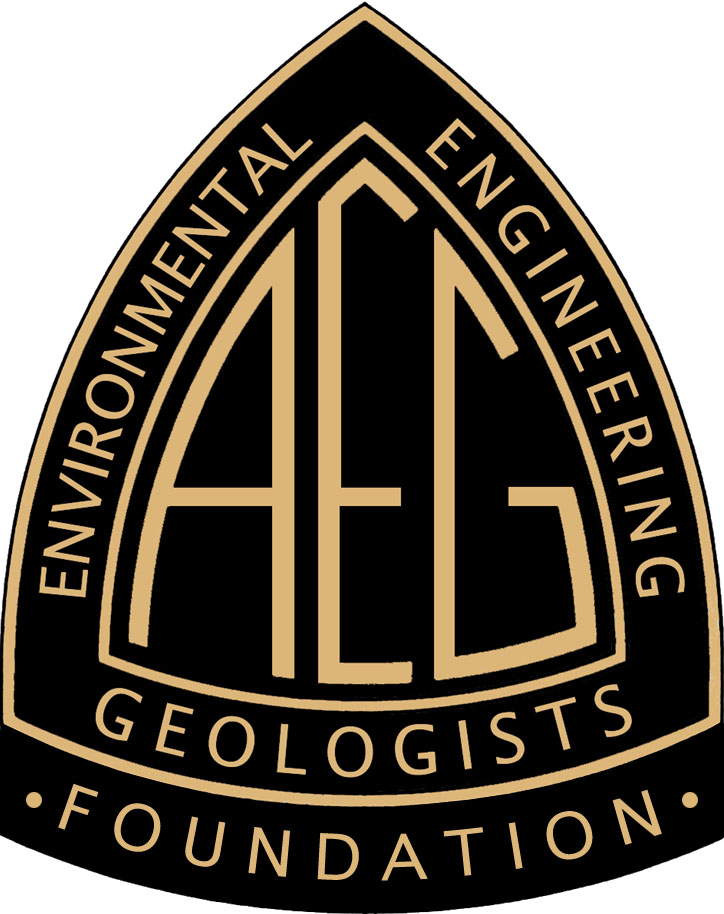Julia Rudlaff Field Camp – 2024 Beardsley Kuper Field Camp Scholarship Winner
My field camp experience was challenging, educational, and a whole lot of fun. I spent six weeks exploring the Tobacco Root Mountains in Cardwell, Montana amidst the cacti, lodgepole pines, and many, many cows. I feel lucky to have been able to see such beautiful parts of the country, from Badlands National Park to Yellowstone to Glacier, from the mountain in the field station’s backyard (Brownback) to the tallest peak in the range (Hollow Top), from the gullies full of Mountain Mahogany to the tallest Madison Group ridges, I was immersed in the regional geology, topography, and landscapes of southwest Montana.
One of my favorite aspects of field camp was learning the entire stratigraphic section for the Tobacco Root Mountains, from the Archean crystalline basement through Quaternary unconsolidated sediments. I felt a comforting familiarity by the end of the course – if someone pointed to an outcrop in southwest Montana and asked me what it was, I would likely have an answer. And not just a formation identification, I would be able to describe its relative age, the depositional environment it represents, and several identifying features of its lithology. Knowing the rocks made me feel at home in Montana, like I had been there for years and understood a unique aspect of its history.
My time at field camp was packed with work: long field days, exams, and challenging mapping projects, but also great fun and leisure. I met amazing friends, and we often went on long walks down the road in the evening, talking about the days geology, appreciating the beautiful scenery, and conversing with the cows. The recreation was a necessary contrast to the tough days in the field. From independent exams to week-long mapping projects and pop quizzes, we all worked tirelessly to improve our field geology skills. At times, it felt like the hills never flattened, the work never receded, and the challenges were insurmountable. But, by the end of each project, exam, and quiz, I felt satisfied with my work and more confident in my abilities for the next one. I improved my score with each project, and saw in real time how quickly my field geology skills developed. In the beginning of field camp, I struggled to accurately locate myself on a topographic map, my Brunton skills were rusty, and I knew nothing about the geologic history of the Rocky Mountains, but by the end of the course, I traversed our final mapping area with confidence in my navigational skills, my ability to identify different rock units, and my understanding of how various structural forces interact and disrupt stratigraphic order.
In the middle of field camp, I spent a week in the Sawtooth Mountain range for the sedimentary geology concentration. There, we created a measured section for the Jefferson Formation and learned what professional field geology trips can look like. I admired stromatoporoid reefs, learned more about carbonate depositional environments, and spent evenings content by the campfire. My professor talked of a geologist who spent his entire career mapping the Sawtooth mountain range on horseback. I suppose if I ever had a “dream job,” that might be it, though I’d prefer to go about it on foot, traversing the mountains with little more than a backpack full of food, a rock hammer, and a Brunton. There is something very special about learning the geology of a region and being able to go out and map an area based on that knowledge, and it is something I would certainty love to continue doing in the future.
Aside from all the geology skills I learned while at field camp, perhaps the most personally impactful experience was visiting the Berkley Pit and the Granite Mountain Memorial in Butte, Montana. The Berkely Pit was an open-pit copper mine that is now one of the largest superfund sites in the nation. The Granite Mountain Memorial sits above it, overlooking the open pit, and pays tribute to the 168 (and thousands of others throughout the mine’s history) miners who lost their lives in Granite Mountain Speculator Mine disaster, one of the worst mining fires in history (read here for more information: https://www.granitemine.org/history/). Reading the letters of the miners to their family members was heart wrenching, and hearing the voices of those lost souls while looking out onto the ruined landscape that remains was devastating.
More than anything, this memorial invigorated me with a sense of purpose, and served as a reminder of our obligation as geologists to make ethical decisions and put our morals and beliefs in environmental conservation above profits. As geologists, we have an duty, both professional and personal, to remember the consequences of our choices. We must act in accordance with our values, and remember what happens when we do not – the deaths, the toxic waste, and the contaminated water that will be our legacy if we are flippant about the consequences of mining, drilling, and mineral exploration. I love geology, and I appreciate so much what I have gained from studying the Earth, but it is important to remember the ways in which geology can contribute to harming the environment and exploiting Earth’s resources. I hope that the current and future generations of geologists will use their knowledge of this planet to better support it, nurture it, rehabilitate it, and prevent the type of devastation that occurred with the Berkley Pit. The image of this mine, and the knowledge of the lives lost to it, will remain with me forever, and will influence the choices I make as a future geologist.
Overall, attending field camp validated my belief that field experience is necessary for any future geologist, and I am very grateful I had the opportunity to learn these skills in such an immersive, challenging, and beautiful environment. Field camp was the perfect capstone to my geology education, and my skills would not be fully developed without it. I grew so much as a geologist and as a person, and I am very grateful for the opportunity to attend such a rigorous course and meet such amazing people and professors. I am also incredibly grateful to Dorian and Tom Kuper and the AEG scholarship fund that supported my experience.




